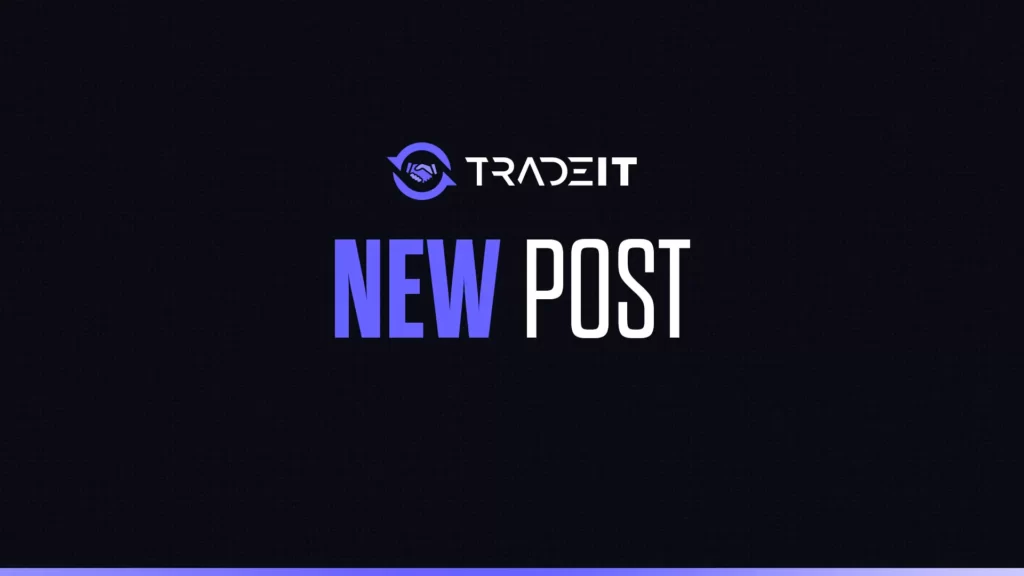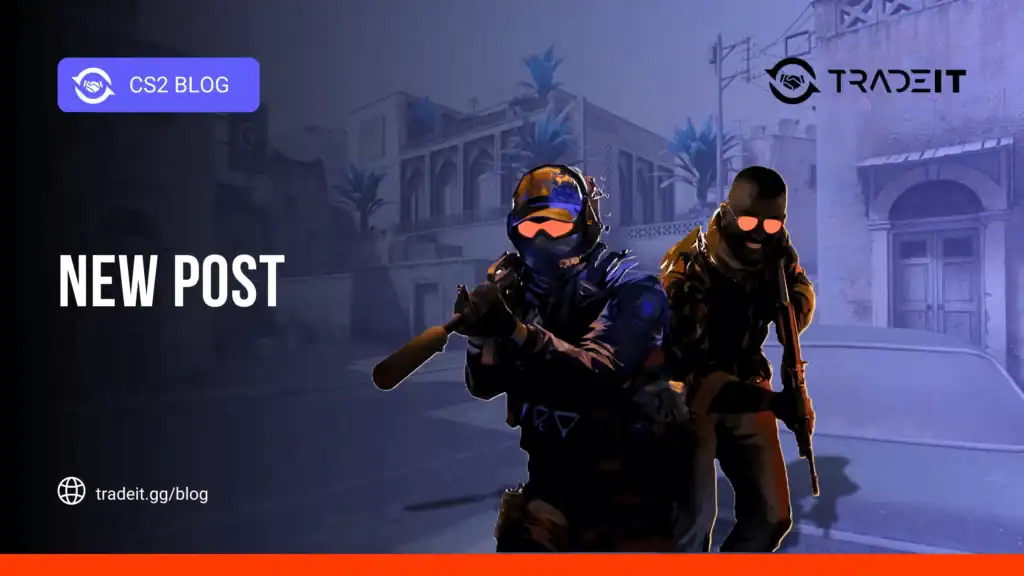1. Introduction: Evolving Challenges and Opportunities in Small Boat Sustainability
Small fishing vessels are at the forefront of global efforts to balance economic livelihoods with environmental conservation. As the demand for seafood increases and climate change intensifies, these vessels face mounting pressures from overfishing, habitat degradation, and rising operational costs. Historically, small boats relied heavily on traditional navigation and fishing techniques, which, while sustainable in principle, often lacked precision and efficiency.
Emerging technologies now offer promising pathways to address these challenges. From digital navigation tools to renewable energy systems, innovations are transforming small boat operations into models of sustainability. Connecting these modern solutions to traditional practices creates a continuum of progress—where age-old knowledge integrates with cutting-edge technology to promote responsible fishing and conservation.
Table of Contents
- The Role of Digital Navigation and Data Systems in Small Boat Sustainability
- Renewable Energy Integration: Solar and Wind Power for Small Boats
- Sensors and IoT: Monitoring Environmental Impact and Vessel Health
- Artificial Intelligence and Machine Learning in Small Boat Operations
- Innovations in Sustainable Materials and Design for Small Boats
- Community-Based Technological Solutions and Knowledge Sharing
- Policy and Regulatory Frameworks Facilitating Technological Adoption
- From Innovation to Impact: Measuring the Effectiveness of Technology-Driven Sustainability
- Bridging Back to the Broader Impact: Reaffirming Small Boats’ Role in Global Conservation
2. The Role of Digital Navigation and Data Systems in Small Boat Sustainability
Digital navigation technologies have revolutionized small boat operations by significantly increasing precision and efficiency. Global Positioning System (GPS) devices, Automatic Identification Systems (AIS), and real-time data feeds enable fishermen to plan routes that minimize fuel consumption and avoid overfished areas. For instance, a study in Southeast Asia demonstrated that GPS-guided routes reduced fuel costs by up to 20%, while also decreasing bycatch and habitat disturbance.
Case studies exemplify how digital tools optimize resource management. In the Pacific Islands, fishermen equipped with route optimization algorithms reported a 30% increase in catch per unit effort (CPUE) and a reduction in unintended ecological impacts. These systems often integrate local ecological knowledge with data analytics, creating a hybrid navigation approach that respects traditional practices while embracing modern efficiencies.
Bridging traditional navigation—such as celestial navigation and visual cues—with digital solutions fosters a sustainable transition. Experienced fishermen can leverage digital data to refine their techniques, ensuring that technological advancements serve as enhancements rather than replacements of indigenous knowledge.
3. Renewable Energy Integration: Solar and Wind Power for Small Boats
Adopting renewable energy sources offers a pathway to reduce the carbon footprint of small fishing vessels. Portable solar panels, often lightweight and foldable, can be installed on small boats to power navigation systems, lights, and communication devices. For example, some artisanal fishers in West Africa now utilize small solar-powered boats, which have demonstrated a 50% reduction in fuel use compared to conventional diesel-powered vessels.
Wind turbines, scaled for small boats, are emerging as complementary energy sources. Compact, foldable wind turbines can generate electricity during voyages, especially useful in open waters with consistent wind flow. Innovators are developing durable, corrosion-resistant systems that withstand harsh marine environments, providing reliable power supply for extended periods.
However, practical challenges such as energy storage remain. Advances in battery technology, including lithium-ion and newer solid-state batteries, are critical for storing excess energy generated during favorable conditions. Ensuring system durability and ease of maintenance is essential for widespread adoption, encouraging a shift toward cleaner energy in small-scale fishing.
4. Sensors and IoT: Monitoring Environmental Impact and Vessel Health
Sensors embedded in small boats facilitate real-time monitoring of water quality, fish populations, and ecological changes. For instance, water temperature sensors help identify spawning grounds, aiding fishermen in targeting sustainable catches. Similarly, acoustic sensors can estimate fish biomass, providing data to prevent overfishing.
IoT devices enable proactive vessel maintenance and safety management. Sensors that monitor engine health, hull integrity, and battery status alert operators to potential issues before failure occurs, reducing downtime and preventing accidents. This proactive approach ensures vessel longevity and minimizes environmental risks associated with vessel failure or fuel leaks.
Data collected through sensors inform sustainable fishing practices. When integrated into centralized platforms, these insights support adaptive management strategies, allowing fishers and regulators to respond swiftly to ecological changes and ensure responsible resource utilization.
5. Artificial Intelligence and Machine Learning in Small Boat Operations
AI-driven predictive analytics are transforming how small boat operators identify fishing hotspots and anticipate weather patterns. Machine learning models analyze historical data, satellite imagery, and environmental variables to forecast fish migrations and optimal fishing times. For instance, in Scandinavia, AI models increased catch efficiency by 25% while reducing fuel consumption.
Decision support systems powered by AI assist fishermen in setting sustainable catch limits based on real-time ecological data, balancing economic needs with conservation goals. These systems can also optimize route planning, avoiding ecologically sensitive areas and reducing bycatch.
However, ethical considerations—such as data privacy, potential job displacement, and reliance on automation—must be addressed. Ensuring transparency and inclusivity in deploying AI fosters trust and aligns technological progress with community values.
6. Innovations in Sustainable Materials and Design for Small Boats
Eco-friendly, lightweight materials—such as recycled plastics, bamboo composites, and bio-based resins—are increasingly used in small boat construction, significantly reducing environmental impact. These materials also enhance energy efficiency through improved hull designs that require less propulsion power.
Design modifications, including hydrodynamic hull shapes and energy-efficient propulsion systems, contribute to longer vessel lifespan and lower fuel consumption. Modular and adaptable boat designs allow fishermen to customize their vessels for different fishing methods or environmental conditions, promoting versatility and sustainability.
Research indicates that sustainable materials can halve the weight of traditional wooden boats, reducing energy expenditure during operation. Such innovations foster a circular economy by encouraging reuse and recycling of materials, aligning small boat manufacturing with global sustainability goals.
7. Community-Based Technological Solutions and Knowledge Sharing
Platforms facilitating data sharing, such as mobile apps and online forums, enable fishermen to exchange best practices and technological innovations. For example, open-source projects in Southeast Asia have empowered local communities to develop affordable GPS and sensor systems tailored to their specific needs.
Collaborative efforts foster the development of scalable solutions, including low-cost solar panels or simple IoT devices, that can be adopted widely. Participatory design processes involving local fishermen ensure that innovations are practical, culturally appropriate, and economically accessible, strengthening community resilience.
Empowering communities through knowledge exchange not only improves sustainable practices but also builds social capital, essential for long-term conservation success.
8. Policy and Regulatory Frameworks Facilitating Technological Adoption
Incentivizing technological upgrades through subsidies, tax breaks, or training programs accelerates adoption among small-scale fishers. Governments and international agencies support initiatives that promote renewable energy, sensor deployment, and digital navigation, recognizing their role in sustainable fisheries management.
Balancing innovation with conservation policies ensures that technological advancements align with resource limits and ecological preservation. For instance, Marine Protected Areas (MPAs) integrated with digital monitoring systems enable enforcement and compliance, reducing illegal fishing activities.
International cooperation fosters standardization and knowledge exchange, creating a level playing field that encourages responsible practices worldwide. These frameworks are vital in embedding sustainability into the fabric of small boat operations.
9. From Innovation to Impact: Measuring the Effectiveness of Technology-Driven Sustainability
Metrics such as reductions in fuel consumption, bycatch rates, and ecological footprints serve as indicators of progress. Long-term case studies in regions adopting integrated technological solutions reveal improvements in both environmental health and economic viability.
Feedback mechanisms—like community surveys and ecological monitoring—refine technological tools and management strategies continually. Data-driven evaluation ensures that innovations remain aligned with conservation goals and community needs.
10. Bridging Back to the Broader Impact: Reaffirming Small Boats’ Role in Global Conservation
By integrating advanced technology, small boats can significantly enhance their ecological and economic contributions. These innovations extend beyond individual vessels, influencing regional and global fisheries management, reducing overfishing, and conserving marine biodiversity.
As the parent article Small Boats, Big Impact: Innovations in Fishing and Conservation highlights, embracing technological progress within traditional practices is essential to achieve sustainable fisheries and resilient coastal communities. Ongoing research, community engagement, and policy support will ensure that small boats continue to serve as vital stewards of marine ecosystems while securing livelihoods for future generations.




